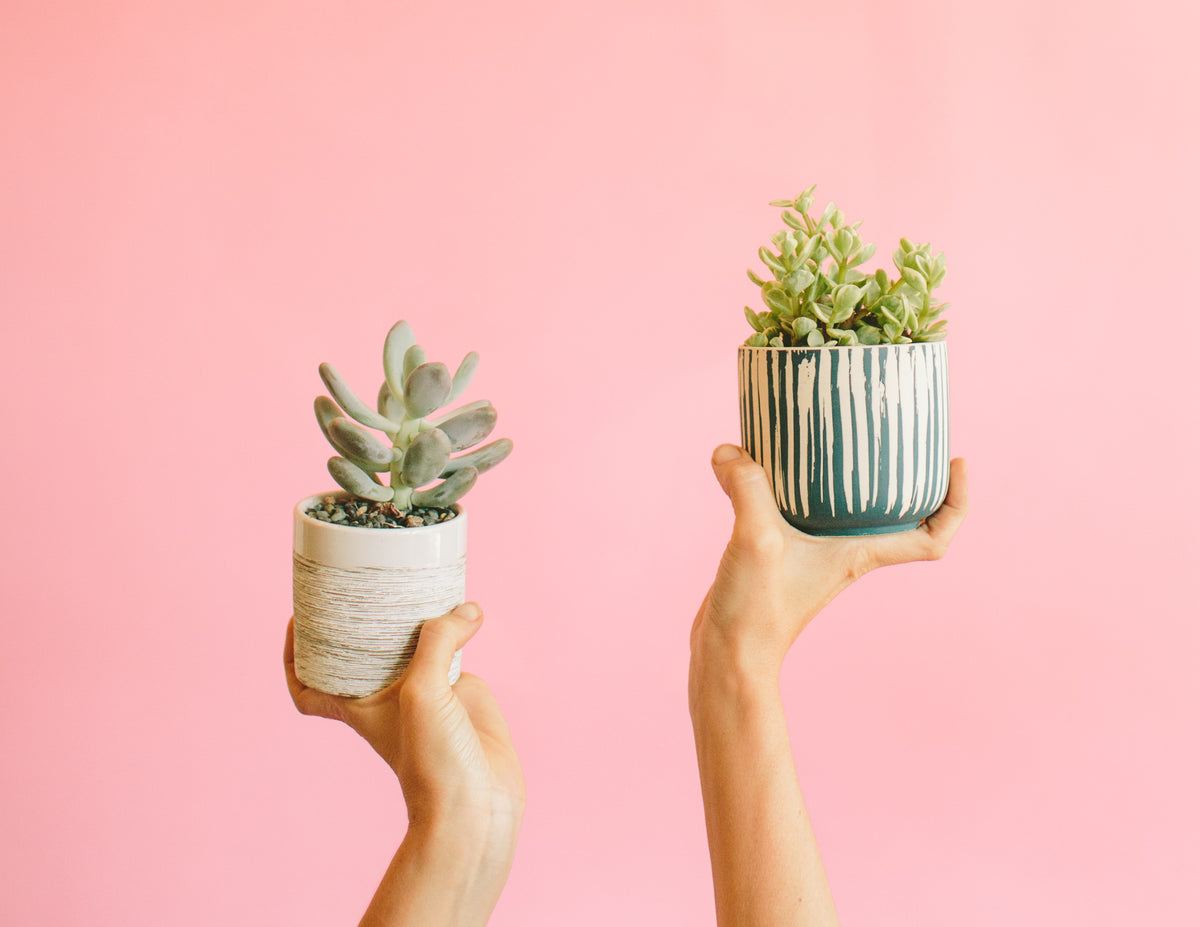
Indoor plants are a growing trend across the world, praised for their ability to turn a house into a home. While aesthetically pleasing, they are also beneficial to our bodies as well!
The first recorded houseplant was in the 600's BC in the Hanging Gardens of Nineveh, created by the Assyrian ruler Sennacherib (previously/erroneously called the Hanging Gardens of Babylon by King Nebuchadnezzar II), wanting to make his foreign wife feel more at home, commissioned a giant hanging garden inside his kingdom walls. This later came to be one of the Seven Wonders of the World. Those hanging gardens bled into the interior of the King's domain, where he even placed plants in the bed chambers. So saucy.

When Mediterranean powers saw the beauty of Babylon's Hanging Gardens, they jumped on the trend, planting houseplants in terracotta pots all over ancient Greece, Rome, and Egypt.
In China, around 300 BC, they also began the practice of keeping small versions of trees and plants in vessels, which later would be adopted by the Japanese (700's AD) and called the art of Bonsai.

After the fall of the Roman Empire, houseplants became a status symbol. Only the most noble and wealthy could adorn their homes with beautiful foliage. This "trend," however, never left and instead and danced its way through the Renaissance Era, the Victorian Era, and into modern times. However, it was only recently in history that humans discovered houseplants weren't just a pretty face.

In the late 1960's, biological warfare was a growing military tactic. Due to government testing of Agent Orange (which American armed forces used as a weapon in the Vietnam War) and the weapon's ability to spread quickly and quietly, ecological messes were left throughout the United States. An environmental scientist, B.C "Bill" Wolverton, was charged to clean up the mess.
In his research, Wolverton noted that the test centers in Florida had a significantly less amount of pollution. After experimenting, he realized that it was due to the swamp plants actually cleaning the air. Excited with his discovery, he took his findings to NASA.

Funded by NASA's Stennis Environmental Assurance Program, Wolverton wanted to determine the impact of plants in a more closed environment, hoping that plants could help sustain life in long-term space habitats. In his research, he used water hyacinths to purify the NASA center's waste water. To this day, his system is still used at the facility.
Wolverton also determined that plants eliminate volatile organic compounds (VOC)'s from the air. Examples of VOCs are formaldehyde, benzene, and trichloroethylene. VOCs cause something called Sick Building Syndrome, an illness caused by an airtight building comprised of synthetic materials. As Wolverton said, "If man is to move into closed environments, on Earth or in space, he must take along nature’s life support system.” Plants!
Throughout time, plants have been praised for many different reasons. Whether it be providing food, beauty, or clean air, one thing is for sure: we can't get enough!
For further information on Wolverton's research, read his book "How to Grow Fresh Air: 50 Houseplants that Purify your Home or Office."


